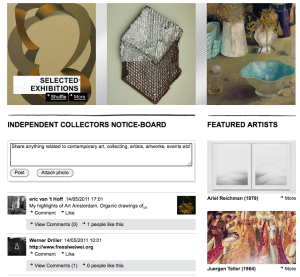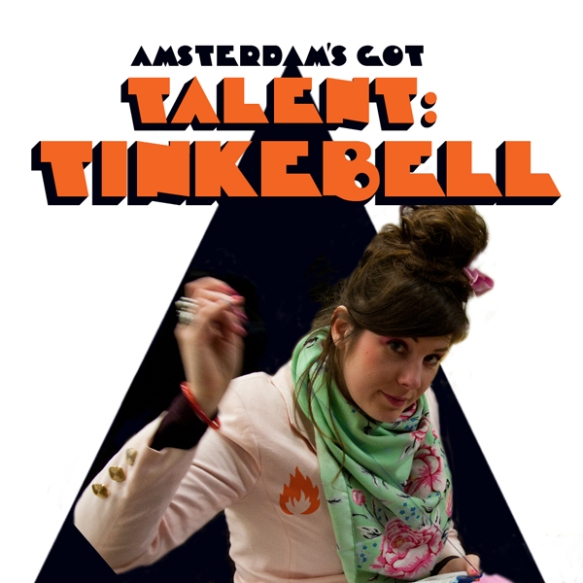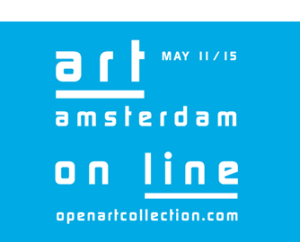In this last post about the digitalization of the art world, we wanted to focus on the lack of experience in the virtual art fairs.
If you are an art collector, artist or just an art lover in general, going to art fairs might often leave you with a mixed feeling. The venue of a trade fair leaves its stamp on experiencing the works, which don’t always get the space and the light they need… and the food is never as good as what you get served in restaurants from gallery districts of London, Berlin or Paris. But all this is often compensated by the joy of seeing new work from one of your favorite artists, by having an inspiring conversation with a gallery owner or by running into fellow collectors. If a virtual art fair wants to compete with the vibrant atmosphere of its real-life counterpart (including the experience of a nice city trip), it needs to be more than just a website.
Most virtual art fairs have failed until today because they didn’t build upon a lively online community. The Art Amsterdam Online was hosted on Open Art Collection, the VIP Art Fair was a new platform. Both initiatives couldn’t benefit from an existing online community. We think that initiatives such as Independent Collectors or Welcome to Company who are today creating a community of art lovers, have more potential to become a market place later.





